THE WORLD’S 13 MOST BEAUTIFUL VILLAGES YOU’VE PROBABLY NEVER HEARD OF
From an English hamlet that appears to have been ripped from a fairy tale to a colourful village in Colombia, these off-the-beaten-path destinations allow you to enjoy the quaint ambience without the throng of people.
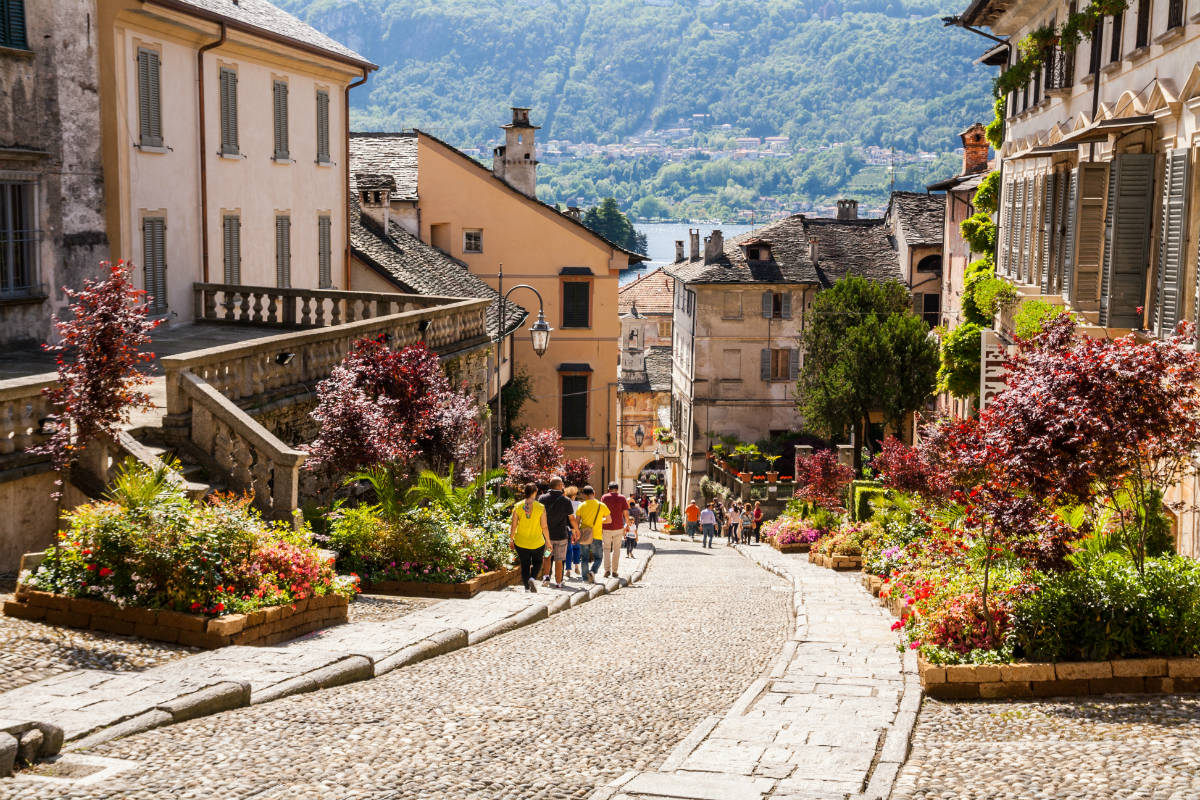
Orta San Giulio, Italy
While Lake Como and Lake Maggiore receive the most attention, Lake Orta boasts equally beautiful views without the people. Orta San Giulio, a lovely hillside settlement on a peninsula, is the main town on this overlooked lake. Climb to the top of the Sacro Monte, where 20 chapels decorated with frescoes and statues of San Francesco d’Assisi are tucked within a national park. A short boat journey away lies Isola di San Giulio, a small island with a Benedictine monastery and the Romanesque Basilica of San Giulio. Take in the scenery as you walk the route of stillness and meditation that circles the island.
Lamu, Kenya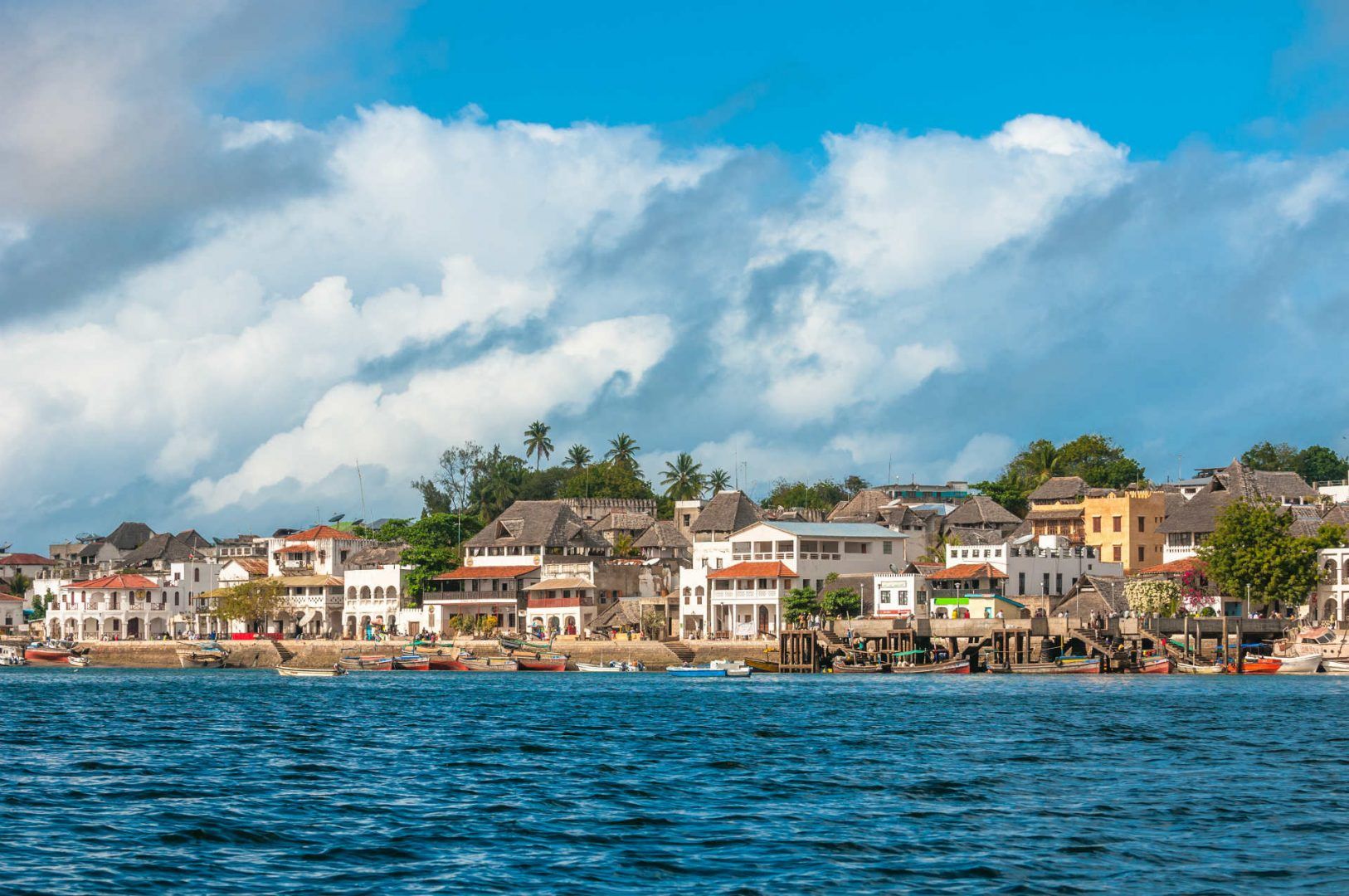
Lamu is the oldest Swahili settlement in East Africa, located on the same-named island off Kenya’s northeastern coast. The UNESCO World Heritage site was designated in 2001, and the community is noted for its architecture, which incorporates inspirations from Swahili, Arabic, European, Indian, and Persian forms and uses mangrove timber and coral stone. Visit Lamu Fort, a fortification erected between 1810 and 1823 that today houses a library and exhibition space, as well as the Lamu Museum, which is housed in an early 1900s home. Cars are uncommon due to the island’s tiny, twisting roads, so plan to commute by motorbike or on one of the island’s more than 6,000 donkeys.
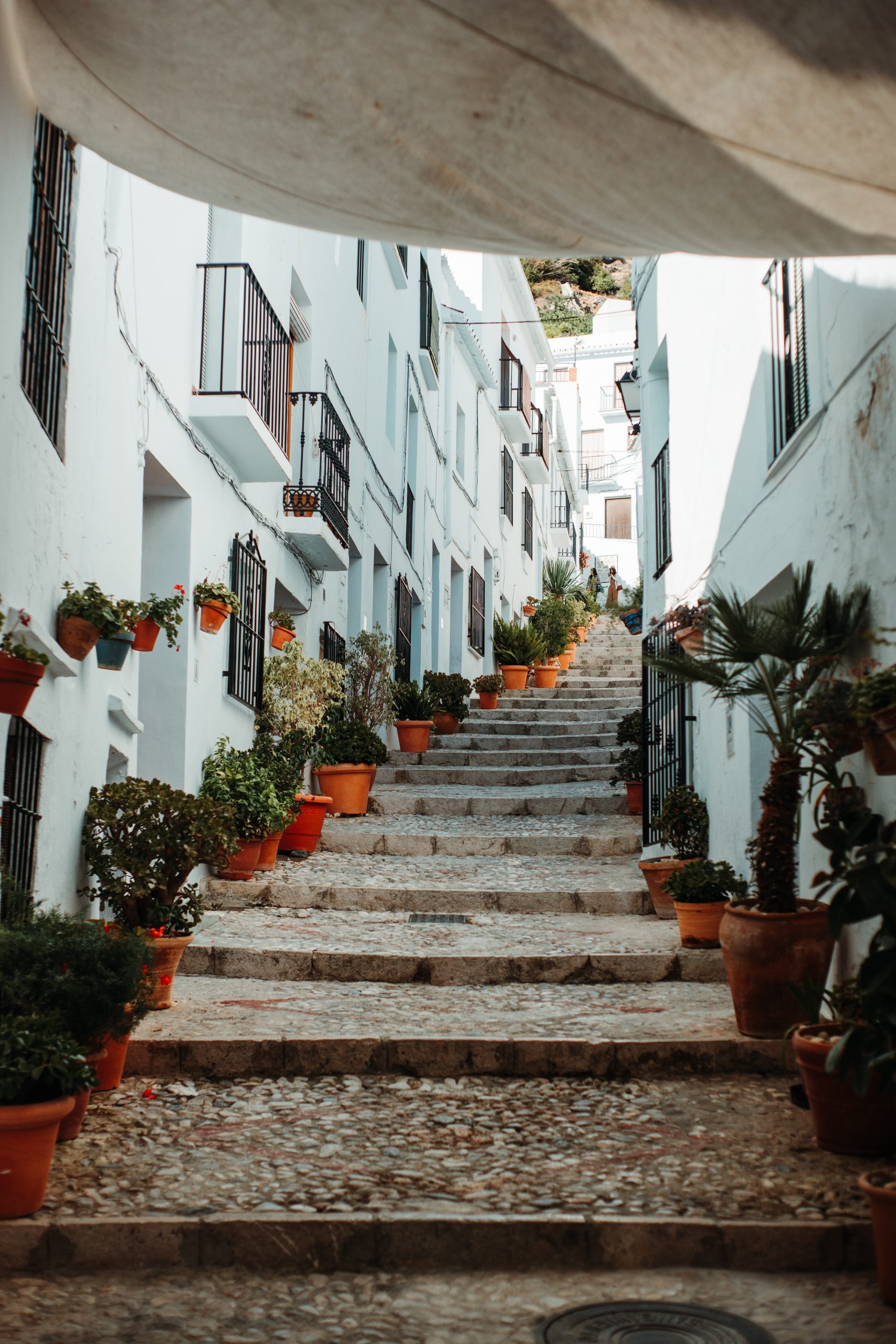 Frigiliana, Spain
Frigiliana, Spain
Frigilana in southern Spain is generally referred to as one of the most beautiful of Andalucia’s Pueblos Blancos (White Villages), and it’s simple to understand why. Since the Neolithic period, the charming whitewashed town has been home to different towns, including Phoenician, Roman, and Moorish villages. The Moorish era left an indelible mark on the city’s architecture, particularly in the upper Mudéjar area, which features winding, tiered streets. Frigiliana is well- known for its Festival de las Tres Culturas, which takes place in August and honours the village’s three cultures: Christian, Jewish, and Muslim.
Taxco De Alarcon, Mexico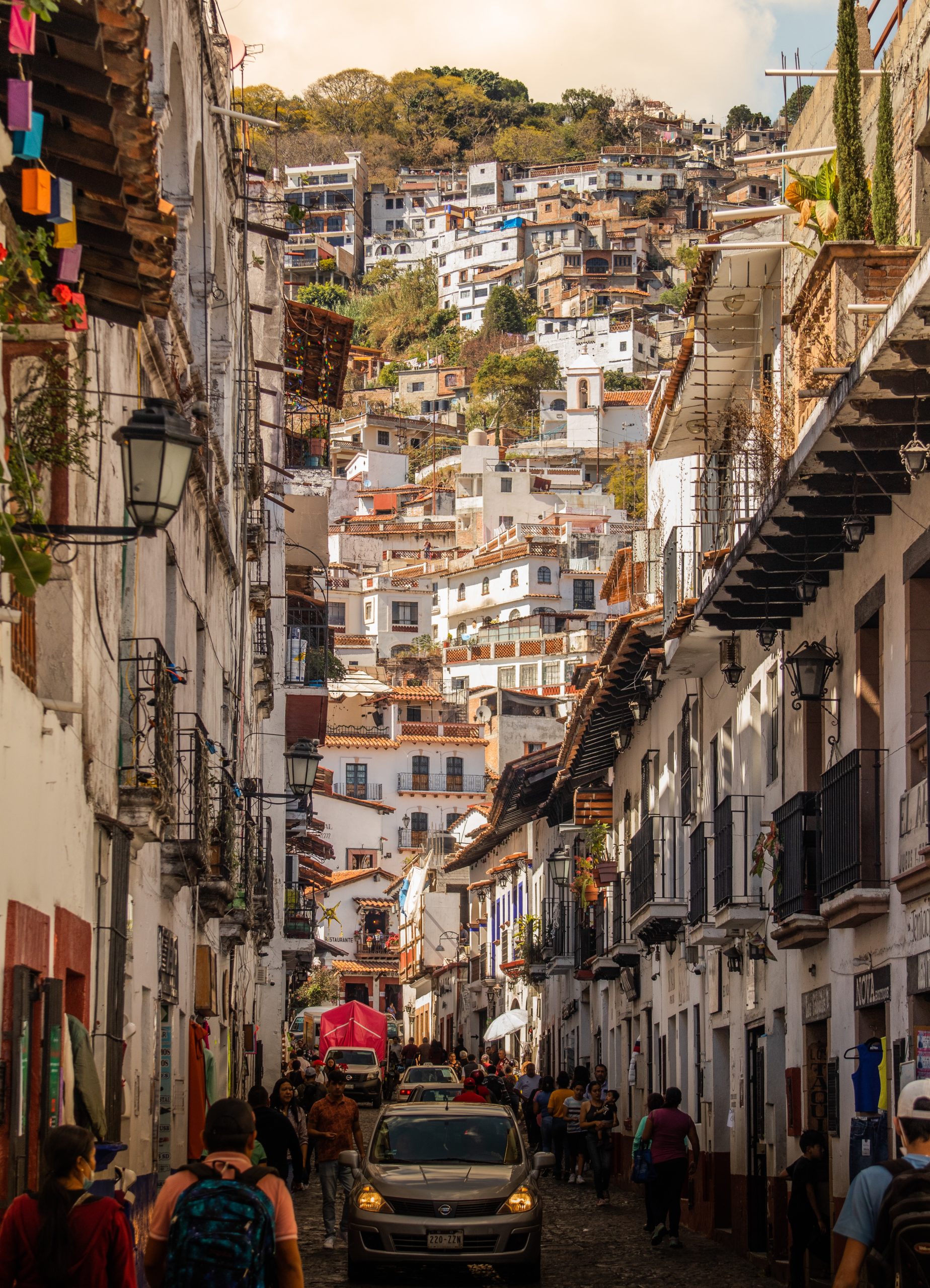
Frigilana in southern Spain is generally referred to as one of the most beautiful of Andalucia’s Pueblos Blancos (White Villages), and it’s simple to understand why. Since the Neolithic period, the charming whitewashed town has been home to different towns, including Phoenician, Roman, and Moorish villages. The Moorish era left an indelible mark on the city’s architecture, particularly in the upper Mudéjar area, which features winding, tiered streets. Frigiliana is well- known for its Festival de las Tres Culturas, which takes place in August and honours the village’s three cultures: Christian, Jewish, and Muslim.
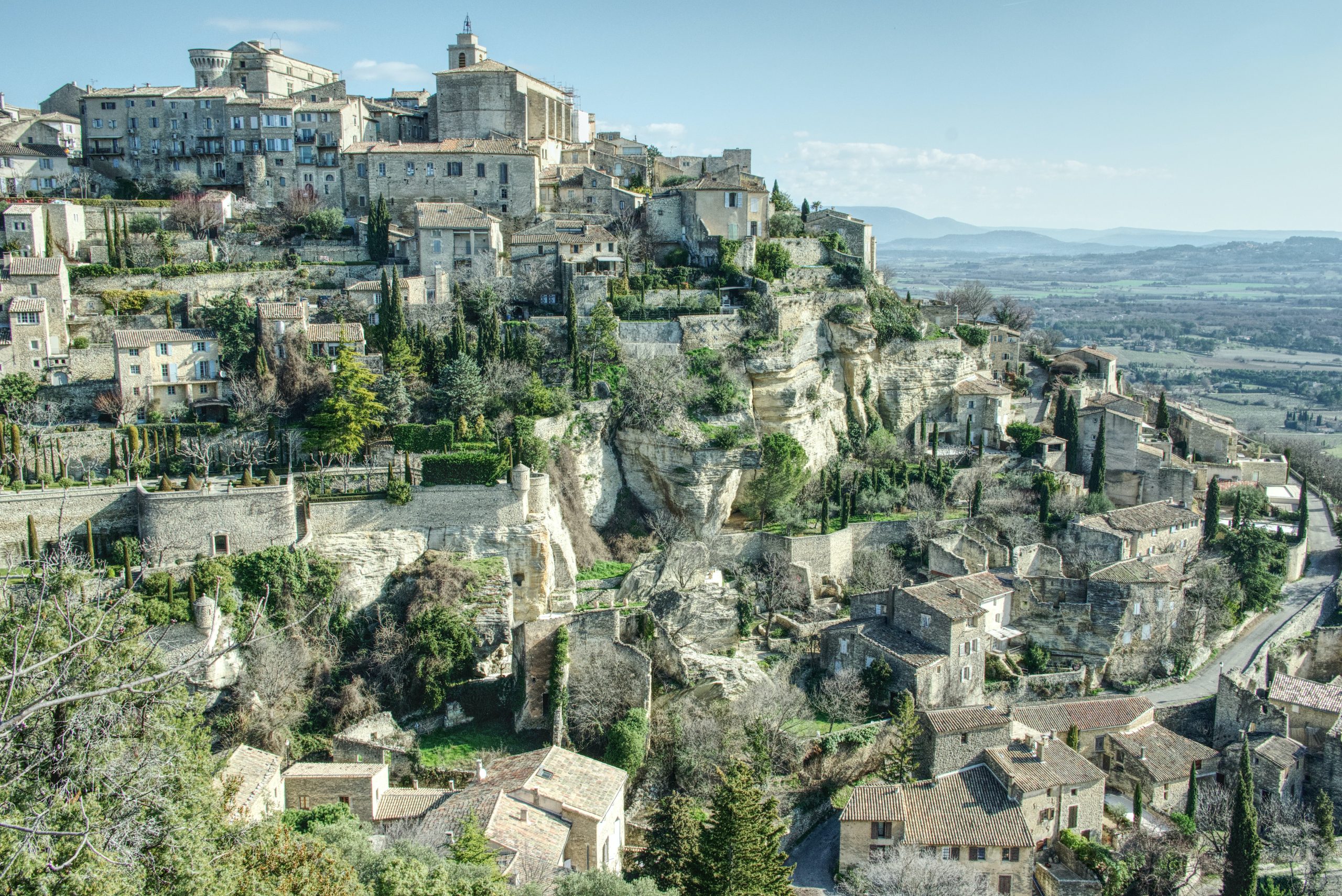 Gordes, France
Gordes, France
Gordes, a commune in the French region of Provence-Alpes-Côte d’Azur, has a long history, beginning as a fort of the Vordenses, a Celtic tribe. The slope is lined with stone dwellings and structures, and tiny cobblestone streets spiral up to the mediaeval castle, which was enlarged and renovated during the 14th and 16th centuries. During WWII, the town served as a resistance centre and was given the Croix de Guerre metal. Following the war, the town transformed into an artistic hotspot, attracting artists like as Marc Chagall, Victor Vasarely, and Pol Mara. Visitors can also visit the nearby Village des Bories, which contains around 20 dry stone cottages dating back to the Bronze Age.
Castle Combe, Wiltshire, England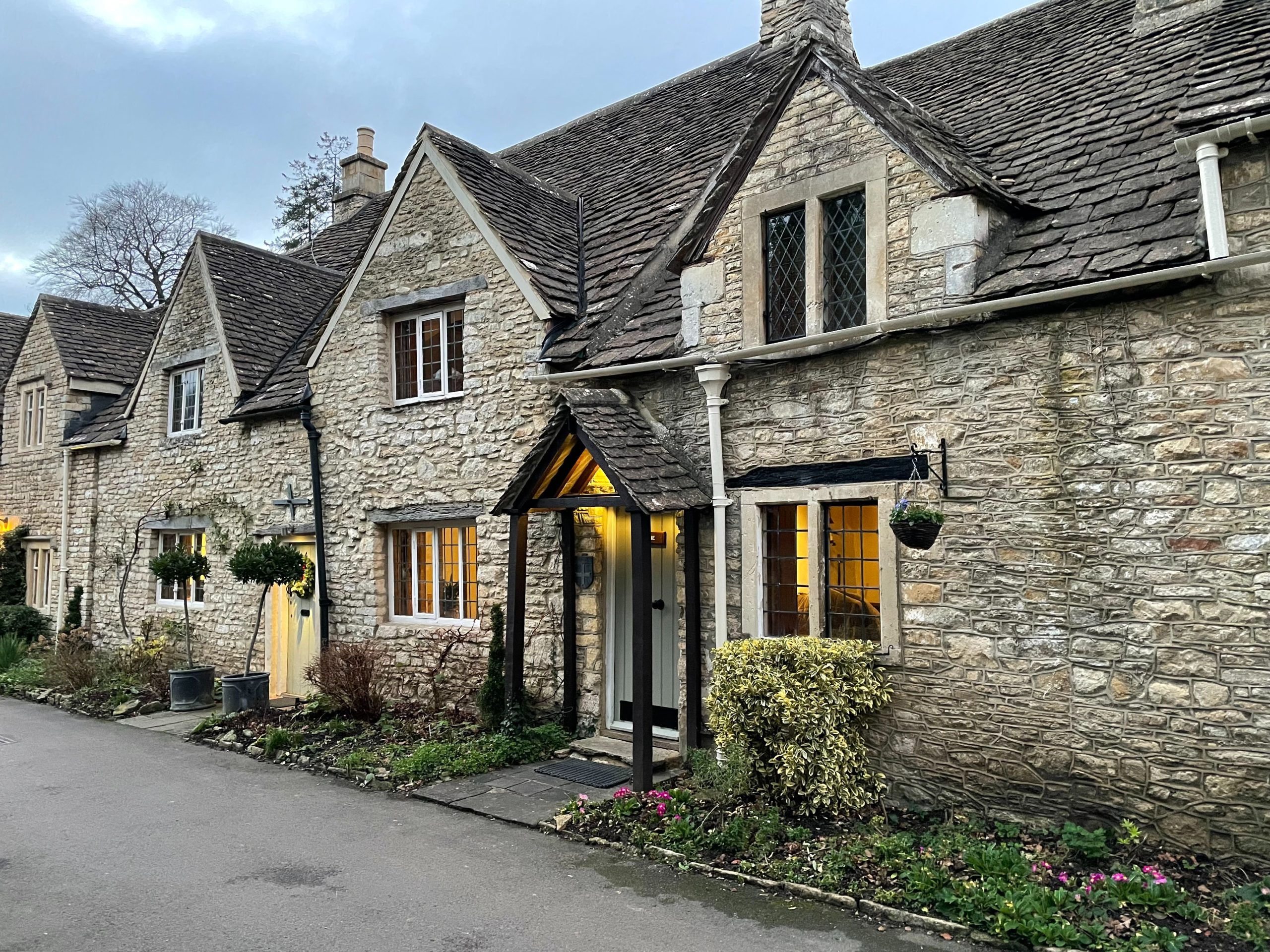
Castle Combe in the Cotswolds feels like something out of a fairy tale, despite the fact that its Norman castle is long gone. The mediaeval Market Cross, a freestanding stone and wood structure created when the village was a significant centre of the cloth industry, connects the town’s three main streets. St. Andrews, located opposite the Market Cross, is a 13th-century church with a nave and tower erected in the 14th and 16th centuries, respectively. The tower has fan-vaulted ceilings and one of the country’s oldest working faceless mediaeval clocks. Stroll past the Cotswold-stone homes to the bridge for views of the town and By Brooke.
 Guatapé, Colombia
Guatapé, Colombia
Guatapé, located a few hours west of Medellin, is a colourful community. Each structure has vibrant zócalos, fresco-like panels that adorn the lower façades. Every street and square is adorned with dazzling decorations, making the village a colour lover’s dream. The lakeside town is particularly famous for El Peon de Guatape, a 650-foot-tall rock that protrudes from the landscape. Visitors can reach the top through a 740-step staircase that spirals up a crevice in the rock’s face.
Moulay Idriss Zerhoun, Morroco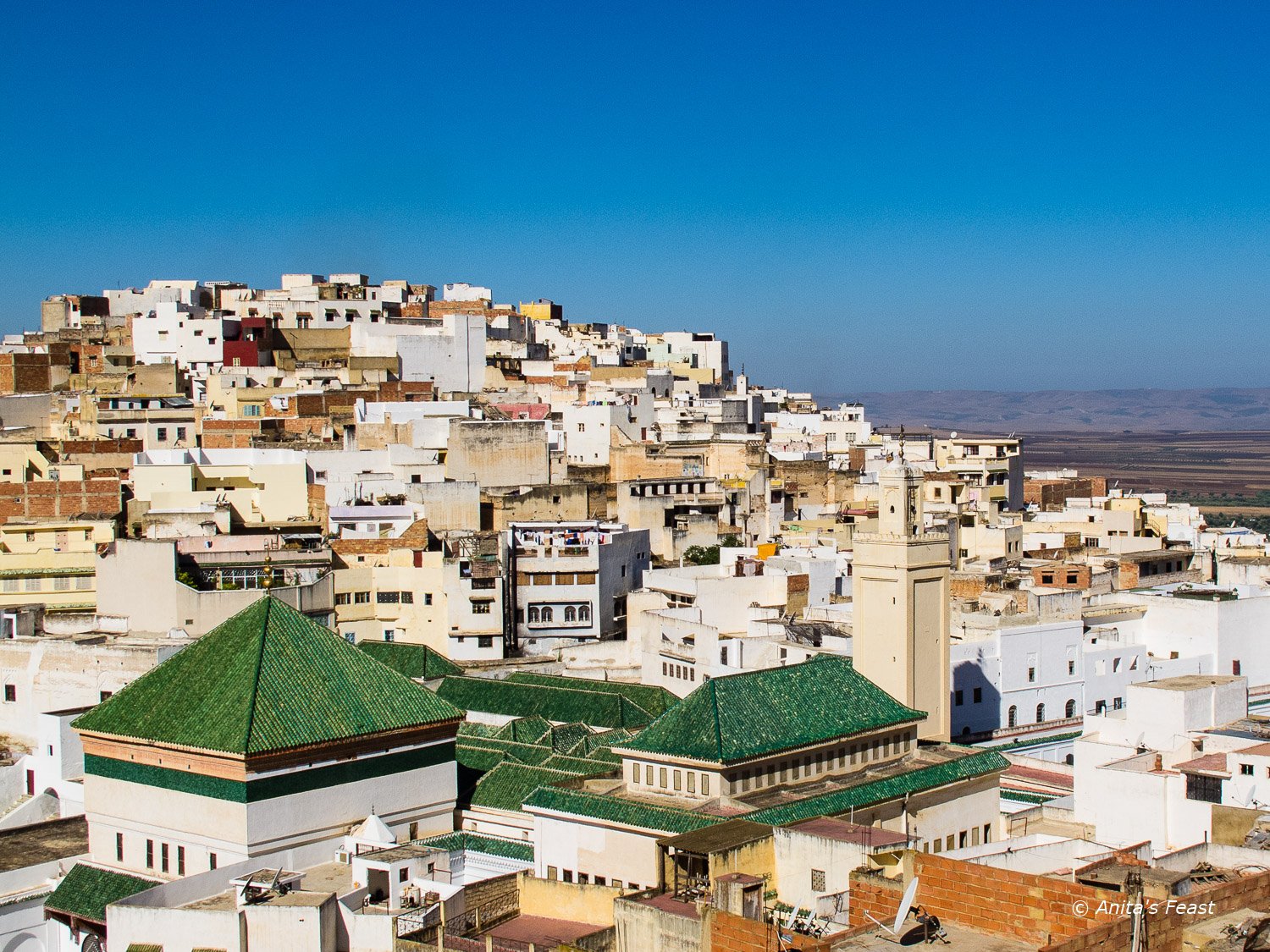
The whitewashed town of Moulay Idriss Zerhoun, spread across two hills near Mount Zerhoun, was the earliest Muslim city in North Africa and is today an important pilgrimage site. The town’s founder, Moulay Idris I, is buried in the wonderfully decorated Zawiya Moulay Idris I in the village centre. Moulay Idriss Zerhoun is rich in Islamic architecture, including the Sentissi Mosque, which has the only cylindrical minaret in Morocco and is coated with a green and white zellige tile mosaic that spells out a surah from the Koran.
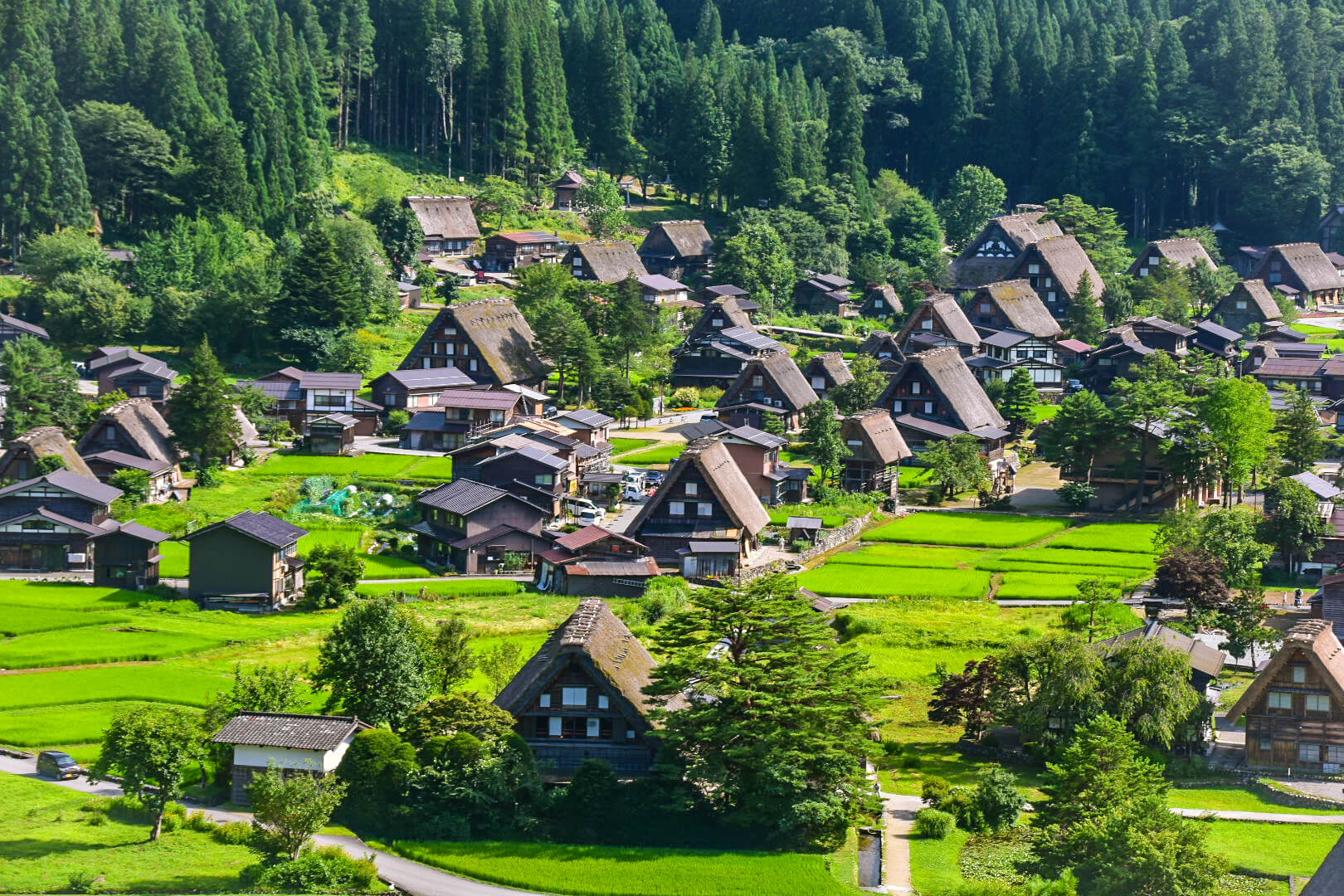 Ogimachi, Shirakwa-Go, Japan
Ogimachi, Shirakwa-Go, Japan
Ogimachi is the largest town in the Shirakawa-Go area, which was designated a UNESCO World Heritage site in 1995 along with Gokayama. The region is well- known for its typical gassho-zukuri farmhouse collections. Some of the homes, some of which are over 250 years old, have steep thatched roofs that mimic hands in prayer, and some are now Minshuku, family-run bed and breakfasts. Visit the Gassho-zukuri Minkaen, an open-air museum with farmhouses and other structures relocated from the surrounding areas for preservation, and trek (or take a shuttle bus) to the Shiroyama viewpoint for a bird’s-eye view of the hamlet.
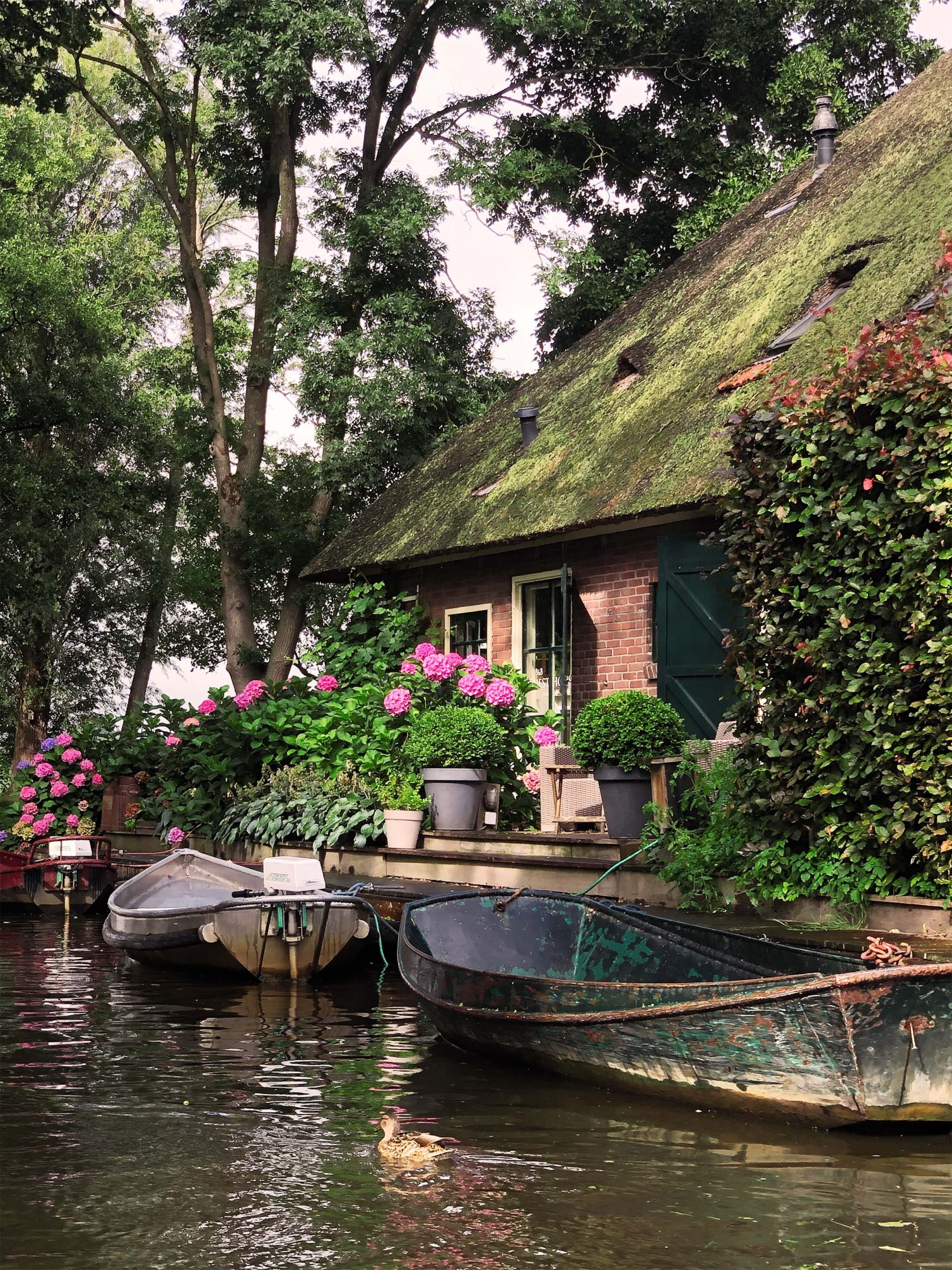
Giethoorn, Netherlands
Geithorn, a charming village in the Netherlands, is renowned as the Venice of the Netherlands due to its hand-dug canal systems, which were built by peat farmers 800 years ago. The village’s centre is car-free, so you may explore by foot, bike, or boat. On the islands, which are linked by 176 bridges, charming 18th- and 19th- century farmhouses with thatched roofs may be found. Rent a punter boat (all electric, so no rowing required!) and cruise across the canals.